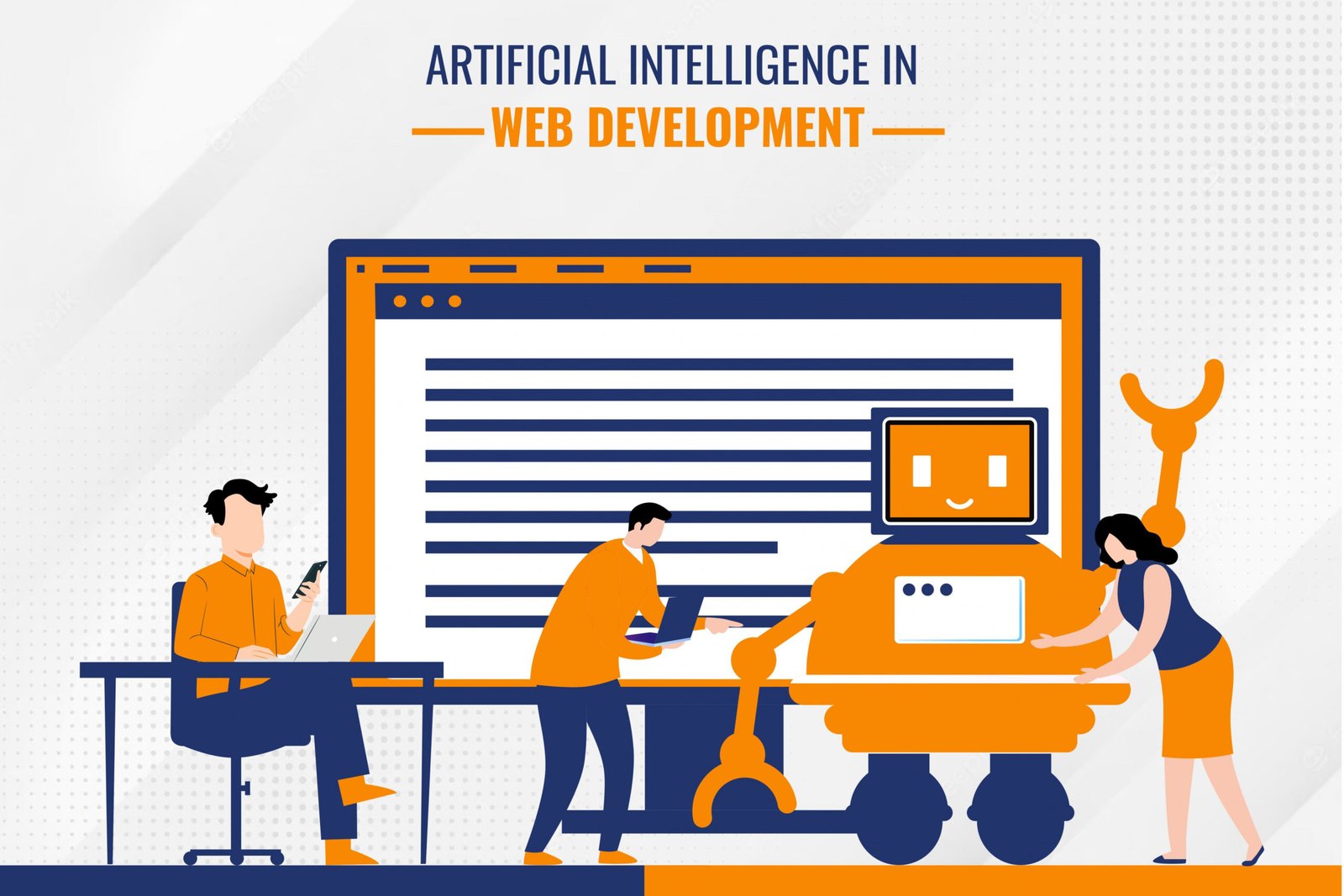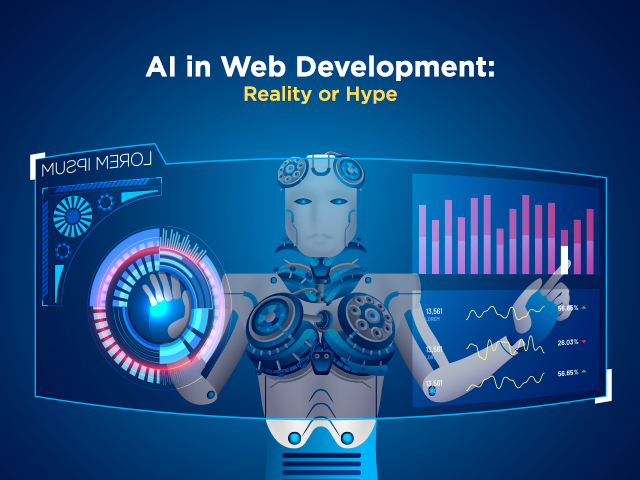
As the digital landscape continues to evolve at a rapid pace, the world of web development is also undergoing a transformative shift. Staying ahead of the curve and embracing the latest trends and technologies is crucial for web developers who want to future-proof their skills and deliver cutting-edge solutions for their clients or organizations.
In this article, we’ll explore some of the emerging trends and technologies that are set to shape the future of web development, and provide insights into why they are worth learning and incorporating into your skill set.
“Absolutely fantastic web development services! The team delivered a stunning, high-performing website that exceeded all my expectations. Highly recommend!”
-
Headless CMS: The Rise of Decoupled Architectures
The traditional content management system (CMS) model, where the front-end and back-end are tightly coupled, is gradually giving way to a more flexible and scalable approach known as the headless CMS. In a headless CMS, the back-end content repository is decoupled from the front-end presentation layer, allowing developers to use their preferred frameworks and tools to build the user interface, while still accessing the content through a secure API.
The benefits of a headless CMS are numerous, including improved performance, better content governance, increased flexibility, and the ability to deliver content across multiple channels and devices. As more organizations recognize the advantages of this approach, the demand for developers skilled in headless CMS technologies, such as Contentful, Sanity.io, and Strapi, is expected to grow significantly in the coming years.
-
Single Page Applications (SPAs) and Frameworks
The rise of SPA frameworks, such as React, Angular, and Vue.js, has fundamentally changed the way web applications are built. These frameworks enable developers to create highly interactive, responsive, and efficient user interfaces that can update content dynamically without requiring a full page refresh.
SPA frameworks have become increasingly popular due to their ability to provide a seamless and engaging user experience, as well as their potential for improved performance and developer productivity. As more companies adopt these technologies, web developers who are proficient in SPA frameworks will be in high demand, as they can deliver cutting-edge web applications that align with modern user expectations.
-
Serverless Computing and the Shift to Cloud-Based Development
The advent of serverless computing has transformed the way web applications are developed and deployed. With serverless architectures, developers can focus on writing and deploying code without having to worry about the underlying infrastructure, as the cloud provider handles the provisioning and scaling of resources.
Serverless technologies, such as AWS Lambda, Azure Functions, and Google Cloud Functions, have made it easier and more cost-effective to build and scale web applications, as developers only pay for the resources they consume. This shift towards cloud-based development has also enabled the rise of “cloud-native” approaches, where applications are designed to leverage the scalability, resilience, and cost-efficiency of the cloud.
As more organizations embrace serverless and cloud-based development, web developers who are familiar with these technologies and can leverage them to create efficient, scalable, and cost-effective solutions will be highly sought after.
-
Progressive Web Apps (PWAs) and the Mobile-First Approach
The increasing dominance of mobile devices in web browsing has led to a growing emphasis on mobile-first design and the rise of Progressive Web Apps (PWAs). PWAs are web applications that leverage modern web technologies to provide an app-like experience on mobile devices, offering features such as offline functionality, push notifications, and home screen installation.
PWAs offer several advantages over traditional mobile websites, including faster load times, improved user engagement, and the ability to work seamlessly across various devices and screen sizes. As users’ expectations for mobile web experiences continue to rise, web developers who can create high-performing, engaging, and mobile-optimized PWAs will be in high demand.
-
WebAssembly and the Rise of Compiled Web Applications
WebAssembly (Wasm) is a relatively new technology that is gaining increasing attention in the web development community. Wasm is a low-level, binary format that can be executed in web browsers, allowing developers to write code in languages like Rust, C++, or AssemblyScript, and then compile it to run alongside JavaScript in web applications.
The introduction of Wasm has opened up new possibilities for web development, enabling faster and more efficient web applications, particularly in areas such as gaming, data visualization, and computational-intensive tasks. As Wasm continues to gain traction and support from major browser vendors, web developers who can leverage this technology to build high-performance, cross-platform web applications will be in high demand.
-
Artificial Intelligence and Machine Learning in Web Development
The integration of Artificial Intelligence (AI) and Machine Learning (ML) into web development is another emerging trend that is set to shape the future of the industry. AI and ML can be leveraged to enhance various aspects of web development, such as:
– Automated content generation and personalization
– Intelligent chatbots and virtual assistants
– Predictive analytics and user behavior modeling
– Automated testing and quality assurance
– Optimized web design and user experience
As more organizations recognize the potential of AI and ML to improve the efficiency, effectiveness, and user experience of their web applications, web developers who can integrate these technologies into their workflows will be highly valuable.
-
Blockchain and Decentralized Web Applications
The rise of blockchain technology has also started to impact the web development landscape, with the emergence of decentralized web applications (dApps) that leverage the security, transparency, and immutability of blockchain networks.
Apps can be used to create a wide range of web-based applications, from decentralized finance (DeFi) platforms to digital identity management systems and supply chain tracking solutions. As the adoption of blockchain technology continues to grow, web developers who can build and integrate dApps into their web applications will be in high demand.

Mastering the Future of Web Development
To stay ahead of the curve and future-proof your web development skills, it’s crucial to familiarize yourself with these emerging trends and technologies. Begin by exploring the fundamentals of each trend, understanding their underlying principles and use cases, and then start experimenting with them in your own projects.
Invest time in learning the relevant frameworks, tools, and best practices for each technology, and consider earning certifications or taking online courses to deepen your knowledge and expertise. By staying current with these trends and continuously expanding your skill set, you’ll position yourself as a valuable and in-demand web developer, capable of delivering cutting-edge solutions that meet the evolving needs of the market.











